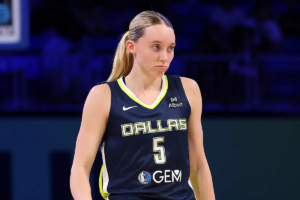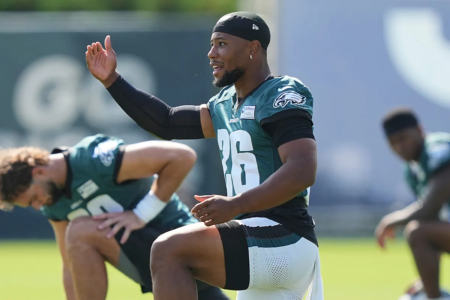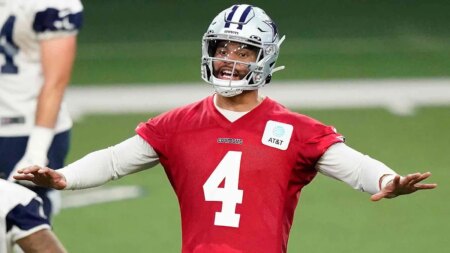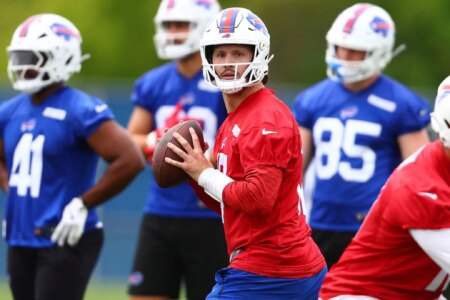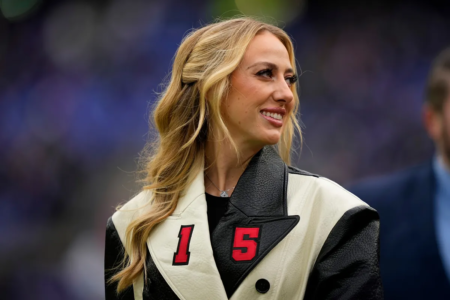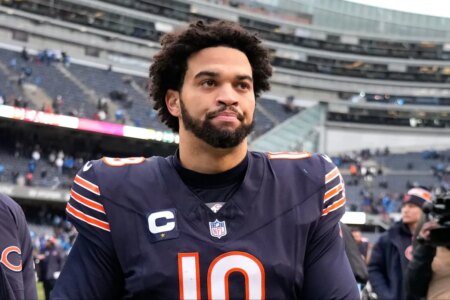The Dallas Cowboys’ handling of Micah Parsons’ trade request, made public just days ago, reflects a shifting dynamic in how star players negotiate their futures. This move comes amid a broader trend of high-profile athletes using social media to amplify their contract disputes, a strategy Parsons has embraced with a vocal statement.
This bold step invites a deeper look at how the Cowboys, under Jerry Jones, have navigated such situations, with only three trades grantes since 1989. As the 2025 season nears, these past examples offer insight into whether Parsons’ request will suceed or follow a familiar pattern of resolution.
Historical examples under Jerry Jones
There can be eight notable trade requests outlined, starting with Steve Pelluer in 1989. The signal caller was traded to the Chiefs for third and fourth round picks after losing the starting spot to Troy Aikman. Another early case is Kevin Brooks, the 1985 first round pick, traded to Denver in 1989 for a third round pick after clashing with then coach Jimmy Johnson, showcasing the team’s willingness to move underperformers.
Alexander Wright’s 1992 request, initially denied by Johnson, led to a trade to the Raiders for a fourth round pick, illustrating how public pressure can shift outcomes. Later, Emmitt Smith’s 1993 holdout ended with a $13.6 million extension after an 0-2 start, while Michael irvin’s 1997 request was quelled with a commitment to stay after a meeting with Jones.
More recent cases like Mike Jenkins (2012) and Ron Leary (2016), saw the Cowboys retain players despite requests, with Jenkins leaving as a free agent and Leary signing with Denver after an injury opened his role.
Implications for Parsons’ current situation
These examples suggest Jones may resist trading Parsons, especially given his All-Pro status, mirroring the retention of Smith and Irvin during critical seasons. However the unique social media era Parsons leverages could pressure the Cowboys differently. This can potentially lead to a reworked deal rather than a trade, as seen with DeMarcus Lawrence in 2022.
This analysis hints at a possible resolution, but the outcome remains uncertain as Jerry Jones’ historical stance faces modern player power dynamics.
Read the full article here



